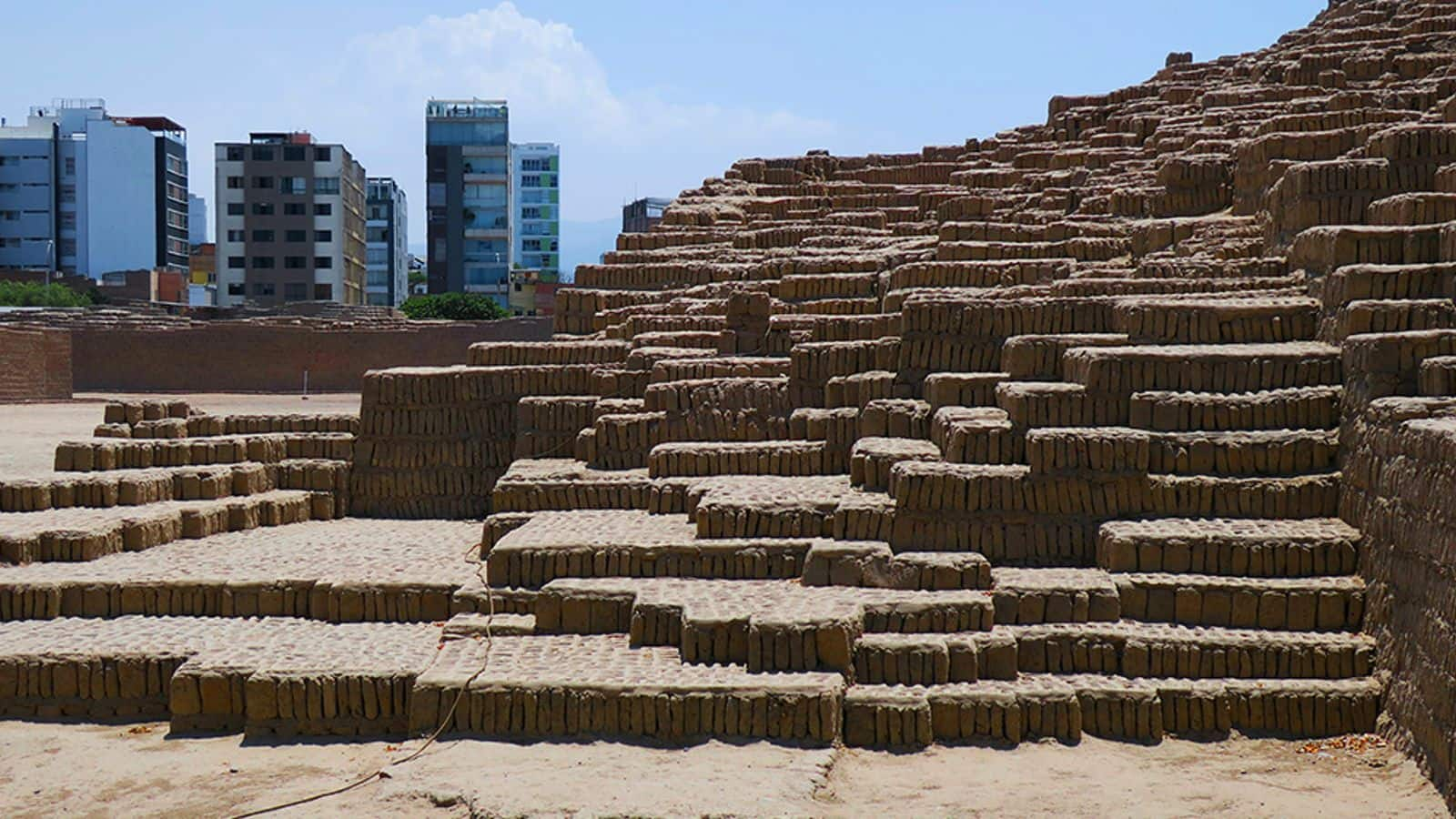
Explore Lima's ancient heart with this travel guide
What's the story
Lima, Peru's bustling capital, is not just a gateway to the country's famed Incan heritage but also a treasure trove of pre-Columbian history.
Nestled within its modern urban sprawl lie ancient sanctuaries that predate the Spanish conquest by centuries.
These sites offer a unique glimpse into the civilizations that thrived in this region long before the arrival of Europeans.
Recommendation 1
Huaca Pucllana: A Pre-Incan marvel
In the Miraflores district lies Huaca Pucllana, a significant adobe and clay pyramid dating back to 500 AD.
This ancient ceremonial center, once central to the Lima Culture, flourished along Peru's coast.
Visitors can explore its plazas and ramps on guided tours, which illuminate the site's historical importance and detail its role in pre-Columbian times, offering a deep dive into its past.
Recommendation 2
Pachacamac: The Oracle's Abode
Situated about 40 kilometers southeast of Lima's center, Pachacamac is a key archaeological site.
This vast complex, revered as a sacred temple and oracle by various Andean cultures for over a thousand years, includes pyramids, temples, and palaces made from adobe and stone.
It offers insights into ancient religious practices and social organization before Spanish colonization.
Recommendation 3
Caral: Cradle of Andean Civilization
A bit further from Lima but worth every mile is Caral, believed to be the oldest center of civilization in the Americas with origins dating back to approximately 2600 B.C.
Recognized as a UNESCO World Heritage Site, Caral provides evidence of complex societal structures including advanced knowledge in music, architecture, and agriculture.
Its peaceful setting among green valleys contrasts sharply with Lima's urban intensity.
Recommendation 4
Mateo Salado: Five pyramids in one
Closer to central Lima is Mateo Salado, an often-overlooked gem comprising five interconnected pyramids or "huacas."
This site served multiple purposes over centuries for different cultures including administrative functions and as a burial ground.
Its strategic location at the convergence of three districts makes it an accessible stop for those intrigued by Peru's multifaceted history without venturing far from city comforts.